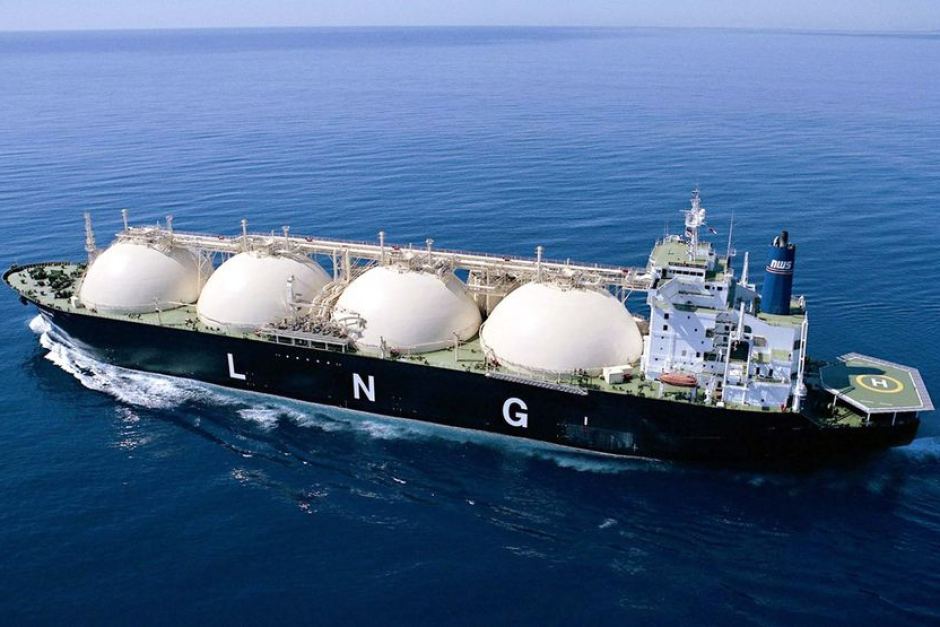Former Gazprom unit cuts LNG supplies to India

A former Gazprom unit has defaulted on supplying contractual LNG to India, prompting rationing of gas supplies to users like fertiliser plants in the country, state-owned GAIL (India) Ltd said on Thursday.

Gazprom Marketing and Trading Singapore (GMTS), now a subsidiary of Gazprom Germania, has defaulted on supply of eight cargoes (shiploads) of liquefied natural gas (LNG) under a long-term deal, GAIL Director (Finance) R K Jain said at an investor call.
PTI had first reported on the GMTS default on July 19.
With alternative supplies costing at least three times the price of GMTS shipments, GAIL has reduced supply to users by about 10 per cent and is exploring options to advance some of the US supplies.
“The situation is an area of concern,” he said.
Under the long-term deal, GMTS was to supply 2.5 million tonnes or a minimum of 36 cargoes of LNG to GAIL during the calendar year 2022.

GAIL received one cargo of LNG in June and nothing after that. “They are stating that because they have to secure supply for Europe, they are not certain about supplying (LNG to us) under this contract,” he said.
GAIL had in 2012 signed a 20-year deal with Russia’s Gazprom to buy 2.85 million tonnes of LNG. Supplies started in 2018 and the full volume was to reach in 2023.
GMTS had signed the deal on behalf of Gazprom. GMTS was moved to Gazprom Germania and in early April, Gazprom gave up the ownership of the German unit without giving a reason and placed parts of it under Russian sanctions.

As per the deal, GMTS was to supply LNG to GAIL from its portfolio of production. But the Russian sanctions mean it cannot source LNG from Russia.
Jain said to make up for the shortfall of 8.5 million standard cubic metres per day of gas from GMTS, GAIL has restricted gas supplies to some users at the contractual ‘take-or-pay’ levels.
Take-or-pay is generally 90 per cent of the volumes that a user has contracted with GAIL. Under this clause, the user has to pick up this 90 per cent volume or else pay the supplier.
The take-or-pay is higher than volumes committed by GAIL under the supply-or-pay contract. Under supply-or-pay, GAIL has to deliver the committed volumes or pay the user.
“As of today, we have cut down supply to take-or-pay levels,” he said. “We are supplying gas above the levels we are contractually bound to supply.”
To mitigate the situation, GAIL is looking to advance volumes due from its separate US contract in 2023. Also, unallocated volumes in the 5.8 million tonnes a year contract with US entities are being shipped to India by hiring new ships, he said.
Additionally, GAIL has cut gas intake at its Pata petrochemical plant in Uttar Pradesh and is operating the unit at less than 50 per cent of the capacity, he said.
“GMTS contract is around 8-9 per cent of total gas sales by GAIL on an annualised basis,” Jain said. “GAIL has taken up the issue with GMTS as well as initiated discussions at government-to-government level.”
He said GAIL is scouting in the US and Middle East markets for short, medium and long-term gas supplies to not just make up for the GMTS volumes but also the incremental demand for gas in the country.

Given the tight supply situation globally, GAIL’s recent tender to buy 0.75 million tonnes per annum of LNG did not elicit response at the price levels desired by the company, he added.
Previously, GMTS made minor adjustments such as splitting shipments and rescheduling one cargo that was supposed to be delivered in May. But it defaulted on supplies in end-May.
Under the deal, GMTS was to progressively increase supplies to GAIL. It shipped 2 million tonnes of LNG in 2021 and was to supply 2.5 million tonnes in 2022. The full volume of 2.85 million tonnes is to be reached in 2023.
The US and European nations have imposed heavy sanctions on Russia since Moscow sent troops into Ukraine on February 24. Some western oil firms have announced exit from Russian projects and Indian firms are being considered a natural candidate to step in.
India has raised oil imports from Russia after the Ukraine war despite criticism from the west and continues to engage with Moscow for business.




